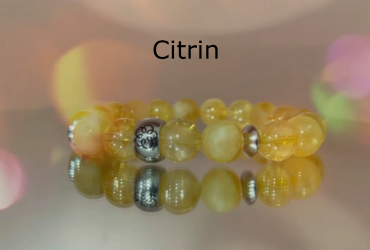
Welcome
Gemstones have been used for healing purposes since time immemorial. Evidence for the use of healing stones can be found in almost all cultures. For example, the ancient Babylonians and Assyrians made various tinctures with gemstone water. In Europe, the gemstone therapy according to Hildegard von Bingen is particularly well known. Nowadays, supporters of gemstone therapy assume that the different vibrations of the atoms in the crystal lattices of the stones can positively influence the body's own vibrations.
Read more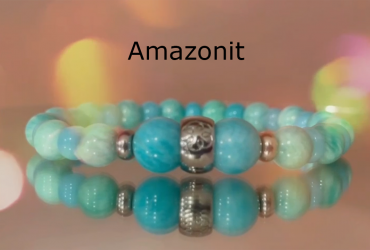
Amazonite
The Amazonite was already used for healing purposes in ancient Egypt. Alexander von Humboldt (1769-1859) brought the gemstone from his travels from South America to Europe and named it after the indigenous Amazon tribe who lived on the Rio Negro. In healing stone, amazonite is widely used because of its high potassium and calcium content.
Read more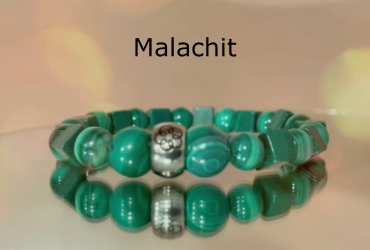
Malachite
The traditions of malachite go back to the 3rd millennium BC. The Egyptians revered malachite as the stone of hope and confidence, which brought happiness and harmony in the partnership to its wearer. Even in pre-Christian times, malachite was used to obtain the rich green color for frescoes and painting. But eyeshadow and remedies were also made from malachite by the Egyptians, Greeks and Romans. Due to its rich green color with the slightly wavy stripes, malachite has secured a high status as a medicine and gem stone over the centuries. This is still very popular today.
Read more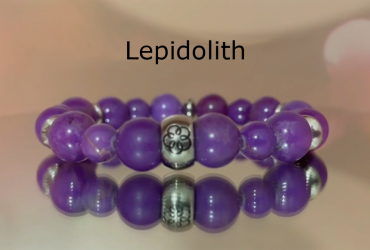
Lepidolite
The mica was originally named Lilalith (Lilastein) by its discoverer Nicolaus Poda von Neuhaus. This name was felt to be unsustainable in the professional world, since color names would be unsuitable as a generic name and the word was also a hybrid with Arabic (purple = 'lilac' or 'lilac-colored') and Greek components. It was therefore renamed lepidolite, after the Greek words lepidion for "scaly" and lithos for "stone". Put together, the name has the meaning "flaky stone" or "shed stone".
Read more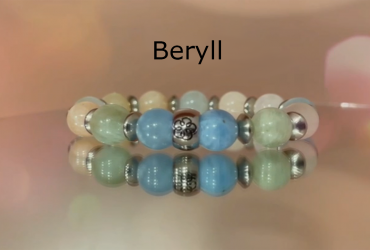
Beryl
Apart from the beautiful colored beryls, the white beryl was especially revered by the Jews as a magical stone, which was supposed to strengthen the belief in God. The Greeks tried to use beryl in a more practical way. They recognized that this redirected the gaze through its refraction of light and therefore used the word beryllos for this stone, which led to our today's word "glasses". Furthermore, the Greeks used it as a faithful lucky charm, which was able to achieve intimate love in marriage to maintain and also to give its wearer a high reputation.
Read more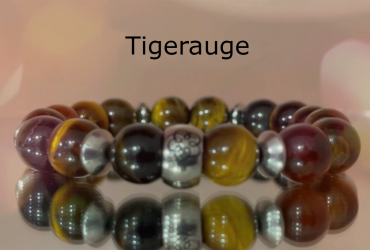
Tiger eye
The traditions of the tiger's eye go back a long way in history. So the Arabs and the Greeks honored the tiger's eye as a stone, which makes fun of its wearer and sharpens his senses. It will protect you from criminal influences, strengthen friendships and protect you from false friends. As a protective and healing stone, tiger's eye is still enjoying increasing popularity today.
Read more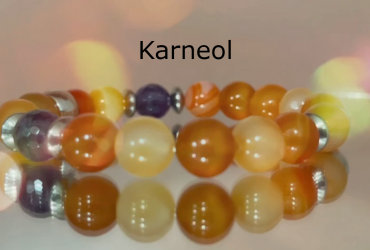
Carnelian
Carnelian has been one of the most popular healing stones, protective stones and gemstones for thousands of years. Hildegard von Bingen counted red carnelian (as Cornelius) to the most important healing stones. In naturopathy today, a distinction is made between orange and cherry red carnelian.
Read more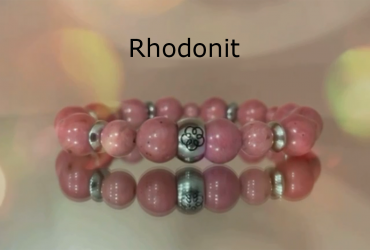
Rhodonite
The Rhodonite got its name from the Greek Rhodon, which means something like "rosy", and its tradition can be traced back to the steps of the Greeks and Romans. The Roman traders always carried the rhodonite with them on their travels because they believed that it was the stone of the wanderers, which on the journey was safe from all dangers.
Read more
Rock crystal
The rock crystal is certainly one of the most famous and legendary gemstones, which is passed down from almost all peoples. The Greeks called it Krystallos, which means "the ice". Up until the 17th century, peoples believed that rock crystal was petrified ice. The Romans believed that the rock crystal was the seat of the gods, which gave them wisdom, courage and loyalty in love. The indigenous people placed a crystal in the cradle of their newborns to protect them from all evil. And the Buddhists hope for complete enlightenment by meditating with a rock crystal.
Read more
Rose quartz
Rose quartz has been revered as the stone of love and the heart since ancient times. The Greeks and the Romans believed that the gods of love, Cupid and Eros, brought rose quartz to earth to give people the primal power of love and reconciliation. In the course of history, rose quartz was often given a place in ruby and carbide stone. To this day, rose quartz has lost none of its beauty and healing properties. In recent years, the particularly healing powers of rose quartz have also gained in importance for us.
Read more
Turmaline
Tourmalines find their high value already in antiquity. They were not only used for processing jewelry, but have been used as amulets, lucky stones and healing stones since the memory of mankind. According to the ancient Egyptians, the tourmaline is the stone that went on its long way from the interior of the earth over the rainbow of antiquity to the sun, which it made to shine. Therefore it is found in all colors of the rainbow. The tourmaline only became really popular in Europe when Dutch seafarers brought it to us from their world trips. Tourmalines not only have their own fantastic properties as gemstones according to color, but also penetrate our body in their own way as healing stones.
Read more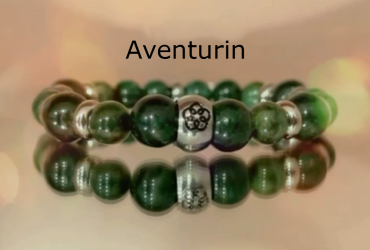
Aventurine
Aventurine in all its varieties is one of the well-known healing stones and gemstones that were already used in antiquity. Because in the past only the wealthy could afford these healing stones, glassmakers from Venice (Murano) tried to artificially manufacture the stones. In doing so, they invented a glass which, thanks to its tiny chrome and copper scales, bears an astonishing resemblance to real aventurines. The glassblowers called this glass "Avanturin". Later this name also became common for the gemstones of the aventurine group. The healing effects are only reserved for the real aventurines.
Read more
Red Jasper
Jaspers of all kinds have been among the most important jewelery, protective and healing stones since ancient times. The diverse healing effects have even made the jasper the first of the twelve foundation stones of the new Jerusalem. Hildegard von Bingen later recognized the strong healing powers of the stone, which made it the first healing stone in the medicine cabinet in the form of heliotrope (blood jasper, Hildegard jasper). The Indian peoples revered the red jasper as a fertility stone and the yellow jasper to heal kidneys, liver and gall bladder problems.
Read more
Jade
In China, jade has been known as a healing stone and protective stone for around 8,000 years. Due to the large occurrence in China, we owe traditional Chinese medicine important knowledge about the healing effects of the stone. In ancient Egypt, jade was revered as the stone of love, peace, harmony and balance. In Arab countries, jade is cut into a scarab and set up to protect against misfortune. The Majas in ancient Mexico worshiped the stone to strengthen love and loyalty.
Read more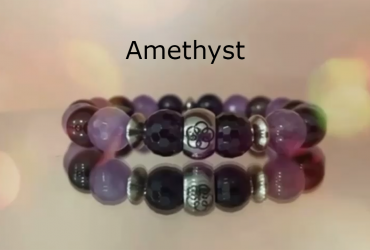
Amethyst
Amethysts in all their variants have been among the most popular jewelry, protective and healing stones since ancient times. Hildegard von Bingen placed amethyst in 12th place in the Heilstein pharmacy because of its antispasmodic and pain-relieving effects. Today, amethyst is one of the best-researched healing stones with a wide range of possible uses. Amethyst is available in numerous varieties.
Read more
